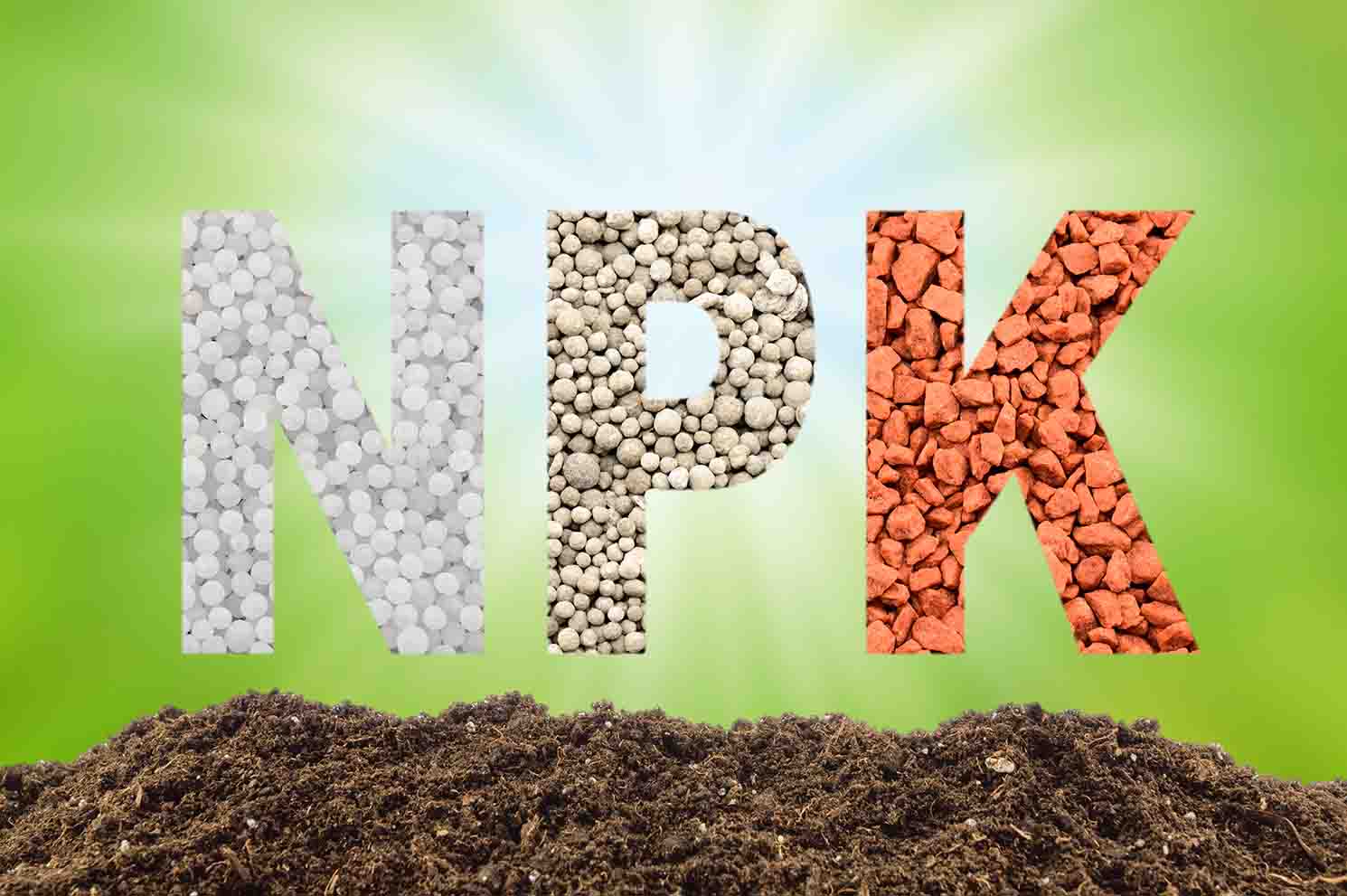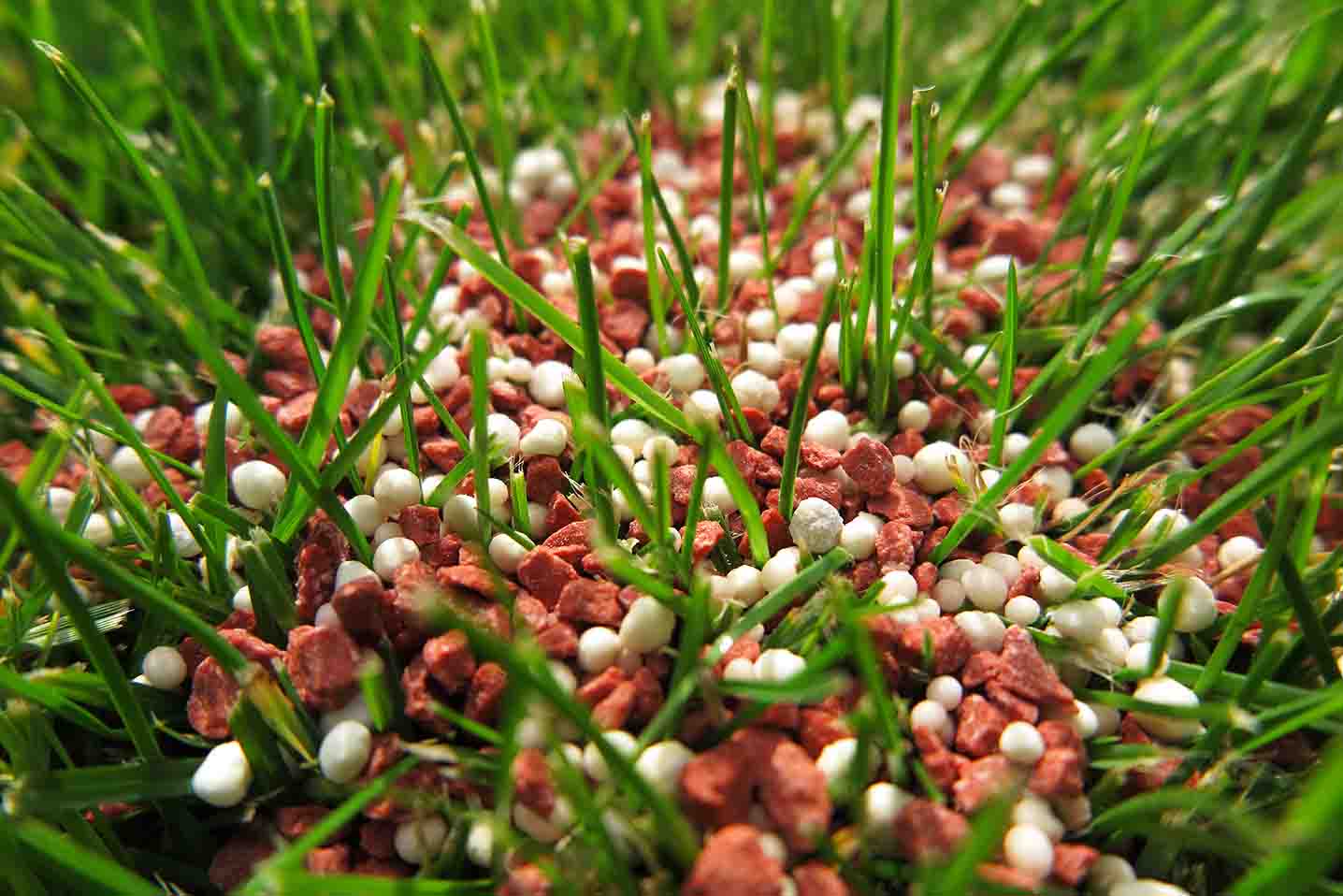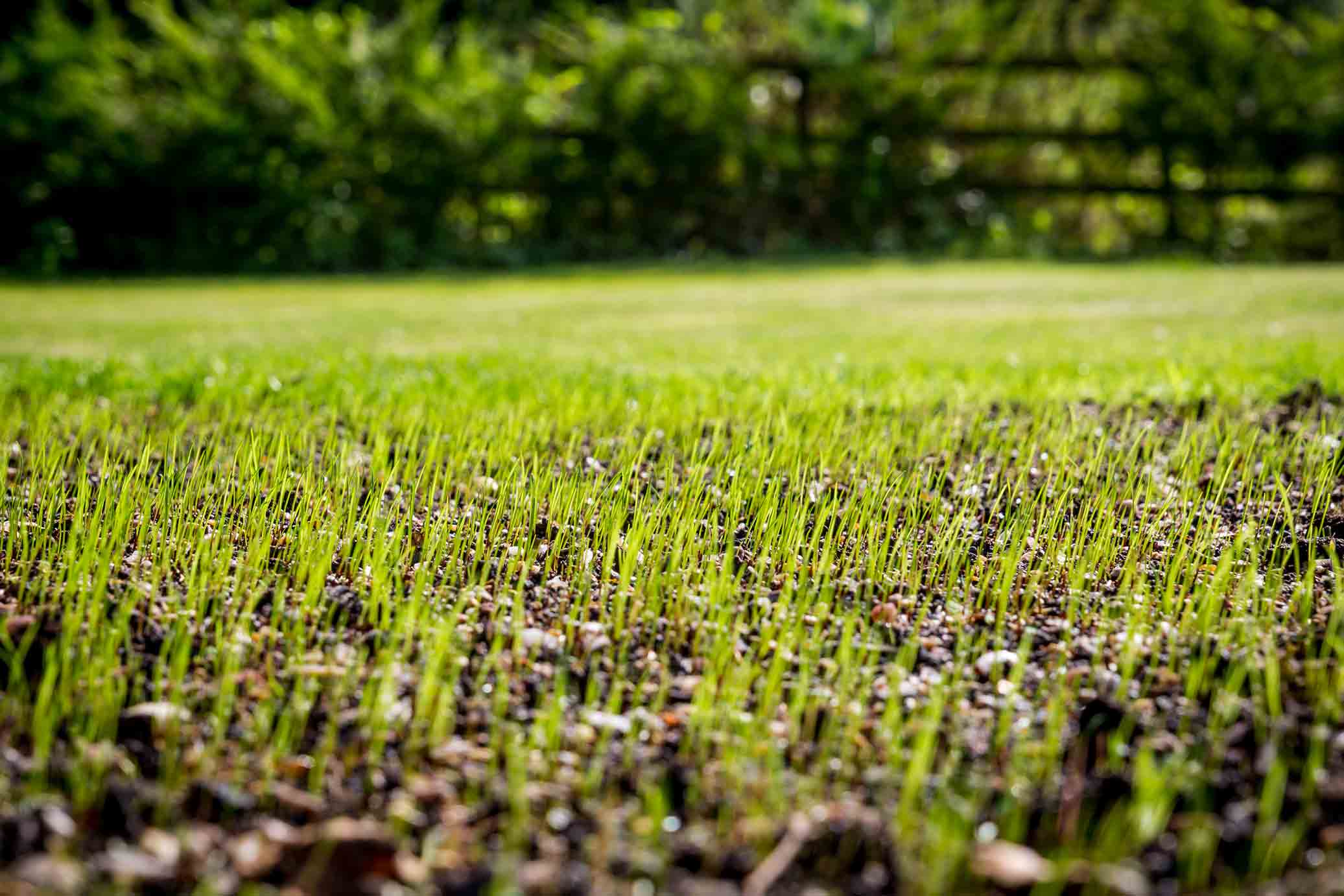Last Updated:
July 16, 2025
Fertilization in Northern Virginia plays a huge role in how well your grass grows, especially in our region’s unique climate of humid summers and cool winters. But when it comes time to feed your lawn, one common question arises: Should you use granular or liquid fertilizer?
Both options have their advantages in our region, and understanding how each one works can help you make the right choice for your lawn’s specific needs. Keep reading to discover the best way to fertilize your lawn in Virginia!

Granular fertilizer is a dry, pellet-style lawn treatment made up of essential nutrients like nitrogen, phosphorus, and potassium (the NPK blend), along with trace elements that support overall soil and grass health. These pellets are typically applied using a spreader and are well known for their slow-release properties, which makes them a favorite among homeowners aiming for steady, long-term results.
In our part of Virginia, where the climate allows for extended growing seasons, granular fertilizers are especially valuable because they feed the lawn gradually over several weeks or even months, reducing the need for constant reapplication.

Liquid fertilizers are exactly what they sound like: nutrient-rich solutions that are sprayed directly onto your lawn using a hose attachment, backpack sprayer, or injection system. They’re fast-acting, easy to apply, and perfect for when your lawn needs a quick nutritional boost, such as during active spring growth or recovery from summer stress.
In Northern Virginia, where sudden weather shifts and intense summer heat can stress turfgrass, liquid fertilizers can give your lawn a much-needed jumpstart. However, they do require more frequent applications to maintain lasting effects.

While both types of fertilizers provide essential nutrients, they differ in how they’re delivered and how long they last. Granular fertilizer works like a slow drip of nutrition, as it needs to be watered in, and it continues to feed the lawn over time. Liquid fertilizer, by contrast, delivers nutrients instantly, making it ideal for quick green-ups or addressing visible deficiencies.
Another key difference lies in precision. Each granule of a dry fertilizer may contain slightly different nutrient ratios, leading to uneven distribution if not applied carefully. Liquid formulations, on the other hand, ensure that every droplet contains a consistent blend of nutrients.

Granular fertilizers are especially well-suited for the cool-season grasses commonly found in Northern Virginia, such as tall fescue and Kentucky bluegrass. These grasses benefit from the steady, long-term feeding that granular options provide. That said, they do take longer to show visible results, and improper application can lead to uneven feeding or even turf burn in some cases.
Pros:
Cons:

Liquid fertilizers shine when your lawn needs a fast fix. Whether you're dealing with a tired-looking yard coming out of dormancy or trying to revive a patchy spot in the heat of July, a liquid application can produce quick green-up. However, they also have a short shelf-life and may wash away in heavy rain or evaporate in summer heat if not watered in correctly.
Pros:
Cons:

If you're preparing your lawn for the colder months or trying to maintain health during our long growing season, granular fertilizer is a smart move. Fall is especially critical here in Northern Virginia, as this is when cool-season grasses ramp up root growth. Granular fertilizer helps establish a strong foundation before winter sets in.

Liquid fertilizers come in handy when your lawn needs a pick-me-up. After a scorching July or an early spring thaw, a well-timed liquid fertilizer can jumpstart growth. It's also the better option for newly seeded lawns, where even nutrient distribution is key for consistent growth.
Choosing between granular and liquid fertilizers isn’t always straightforward, and applying either one incorrectly can actually do more harm than good. That’s why many homeowners in Northern Virginia rely on local lawn care professionals like Blue Sky!
The right team can tailor a fertilization plan to your specific grass type, soil health, and long-term lawn goals. If you are looking to get the best fertilization service in Chantilly, VA, call Blue Sky today to get started with a free quote!